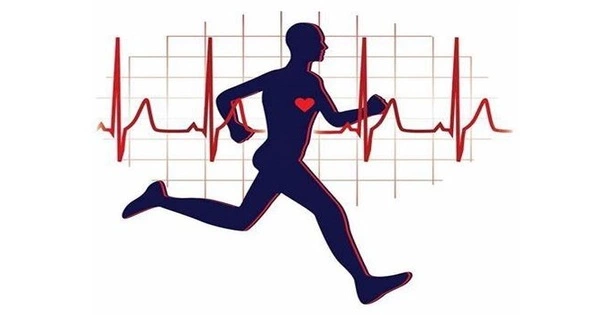The link between adolescent fitness and future cardiovascular health is a complicated and multifaceted topic. While there is substantial evidence that physical activity and fitness during adolescence can improve cardiovascular health later in life, it is critical to approach these findings with caution.
There is a well-known link between good physical fitness at a young age and a lower risk of cardiovascular disease later in life. When the researchers adjusted for familial factors using sibling analysis, they discovered a weaker association, though the link between high BMI and cardiovascular disease remained strong. The study, which was conducted by researchers from Karolinska Institutet and other universities, was published in JAMA Network Open.
“This does not mean that fitness is irrelevant,” says the study’s last author Viktor Ahlqvist, a doctoral student at the Department of Global Public Health, Karolinska Institutet. “We could still see an association, although it was weaker after taking into account factors shared by full siblings. We also think that adolescence is an important time in life for establishing good habits such as exercising and having a healthy diet.”
Our conclusion is that of the risk factors studied, high BMI is the strongest individual risk factor for cardiovascular disease, and that efforts to tackle the obesity epidemic should continue to be given high priority.
Daniel Berglind
Challenging to prove causal associations
Many previous observational studies have shown links between various risk factors at a young age and cardiovascular disease in adulthood. However, determining whether the associations are causal is difficult due to the potential influence of unaccounted genetic and environmental factors. A collaborative team of researchers from Sweden’s Karolinska Institutet attempted to investigate whether a large proportion of adult cardiovascular diseases could be prevented with a lower BMI, lower blood pressure, improved physical fitness, or improved muscle strength in adolescence.
The researchers identified over a million 18-year-old males and followed them for 60 years using data from the Swedish Military Conscription Register and other Swedish registries. Almost half of them were biological siblings.
“The strength of our study, which makes it more reliable than many other conventional observational studies, is that we have used sibling analyses,” says the study’s first author Marcel Ballin, researcher at Uppsala University and analyst at Region Stockholm’s Centre for Epidemiology and Community Medicine. “By doing so we could examine how the relationship changes when controlling for all shared sibling factors. This includes environmental factors such as childhood environment and half of the genetics.”

High BMI is a strong risk factor
Even after controlling for shared familial factors, the researchers found that having a high BMI in late adolescence was strongly associated with future cardiovascular disease. However, the relationship between physical fitness and cardiovascular disease was much weaker in the sibling analysis, implying that many previous observational studies may have overestimated the importance of adolescent fitness to later-life cardiovascular health.
“Our conclusion is that of the risk factors studied, high BMI is the strongest individual risk factor for cardiovascular disease, and that efforts to tackle the obesity epidemic should continue to be given high priority,” says co-author Daniel Berglind, docent at the Department of Global Public Health, Karolinska Institutet. “A good level of fitness and muscle strength in adolescence doesn’t seem as crucial, but physical activity still remains important for public health, as it can bring other health benefits.”
Several limitations
The study looked only at the relationship between risk factors at a young age and future cardiovascular disease; other disease outcomes were not looked into. The researchers did not have any information on whether the participants’ risk factors changed later in life, and they only studied men, making it difficult to generalize their findings to women. Diet, alcohol consumption, smoking, blood lipids, and blood glucose levels are also missing from the Military Conscription Register.





